Picture this: you’re walking on ground that actually breathes under your feet, with wisps of steam curling up from cracks in the earth. That’s what I felt exploring the Phlegraean Fields in Italy, one of the world’s most fascinating supervolcanoes.
Instead of a single cone, this volcanic system stretches over 80 square miles west of Naples. The result? An otherworldly landscape that’s both beautiful and, honestly, a bit unsettling.
The Phlegraean Fields—Campi Flegrei in Italian—give you a hiking experience like nowhere else. You wander through a caldera formed thousands of years ago, surrounded by bubbling mud pools, ancient Roman ruins, and craters hinting at the powerful forces below.
The strangest part for me? Realizing I was inside a volcano, not climbing up one!
What really sets this place apart is the mix of danger and everyday life. Locals carry on in towns built right inside the volcanic zone, while scientists keep a close eye on the ground’s restless movement.
Walking these paths, you get a rare glimpse at Earth’s raw power and the deep history woven into this wild place.
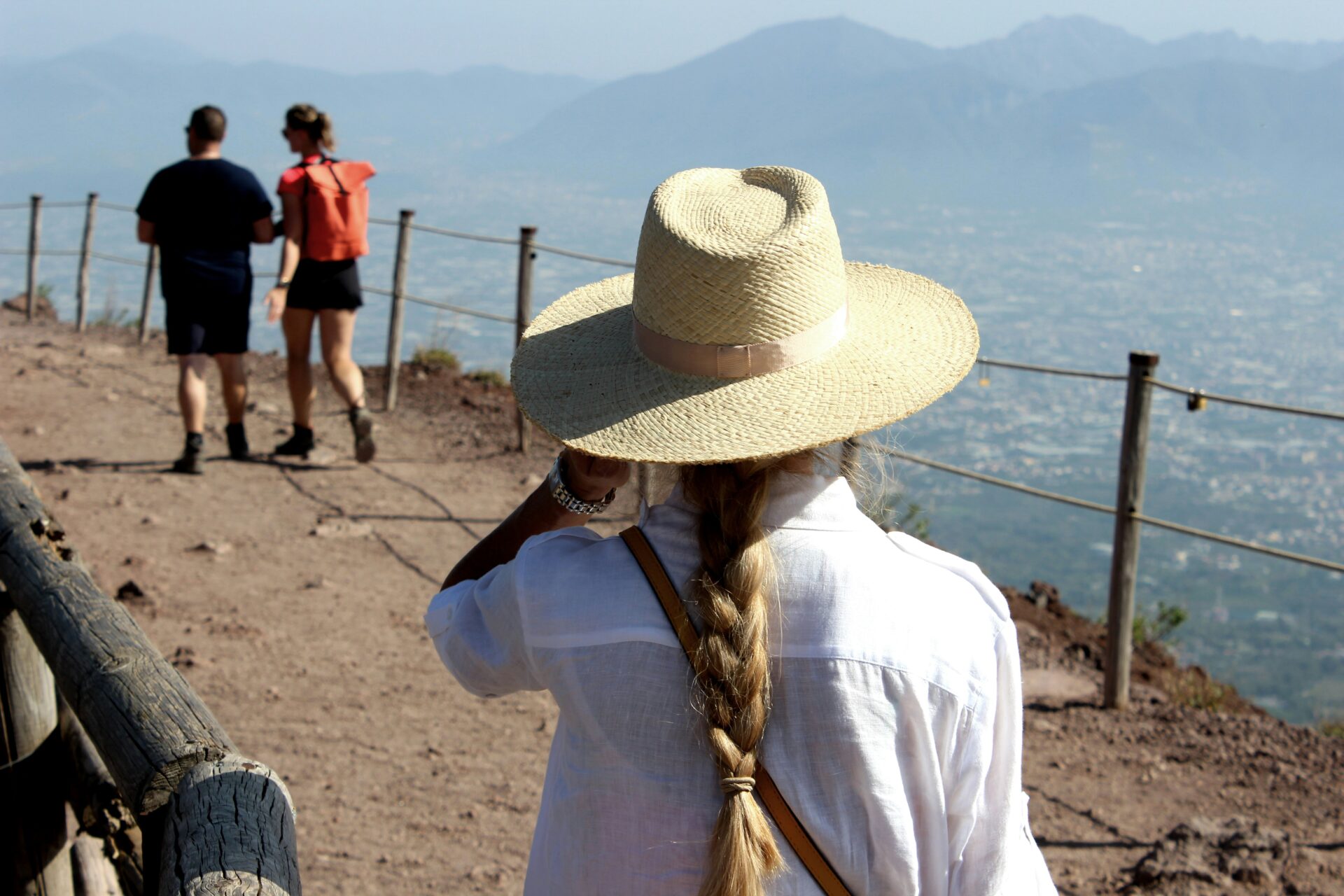
Discovering the Phlegraean Fields: A Volcanic Marvel
The Phlegraean Fields near Naples are honestly one of the planet’s geological wonders. Here, over 24 craters and volcanic structures sprawl across the region, putting the inner workings of our planet right on display.
The Geological Heartbeat of Campania
When I first set foot on the Phlegraean Fields, the warmth from below surprised me. This region literally breathes—the ground rises and falls in a process scientists call “bradyseism.”
The volcanic area covers about 8 miles across, with dozens of craters that have formed over millennia. What makes it so unusual? It’s a caldera—a giant depression left when a volcano empties its magma chamber and collapses.
You won’t find a classic cone here. Most of this supervolcano hides underground. Its last big eruption happened in 1538, forming “Monte Nuovo” (New Mountain) in just a week.
Now, you’ll spot steam vents and bubbling mud pools scattered all over.
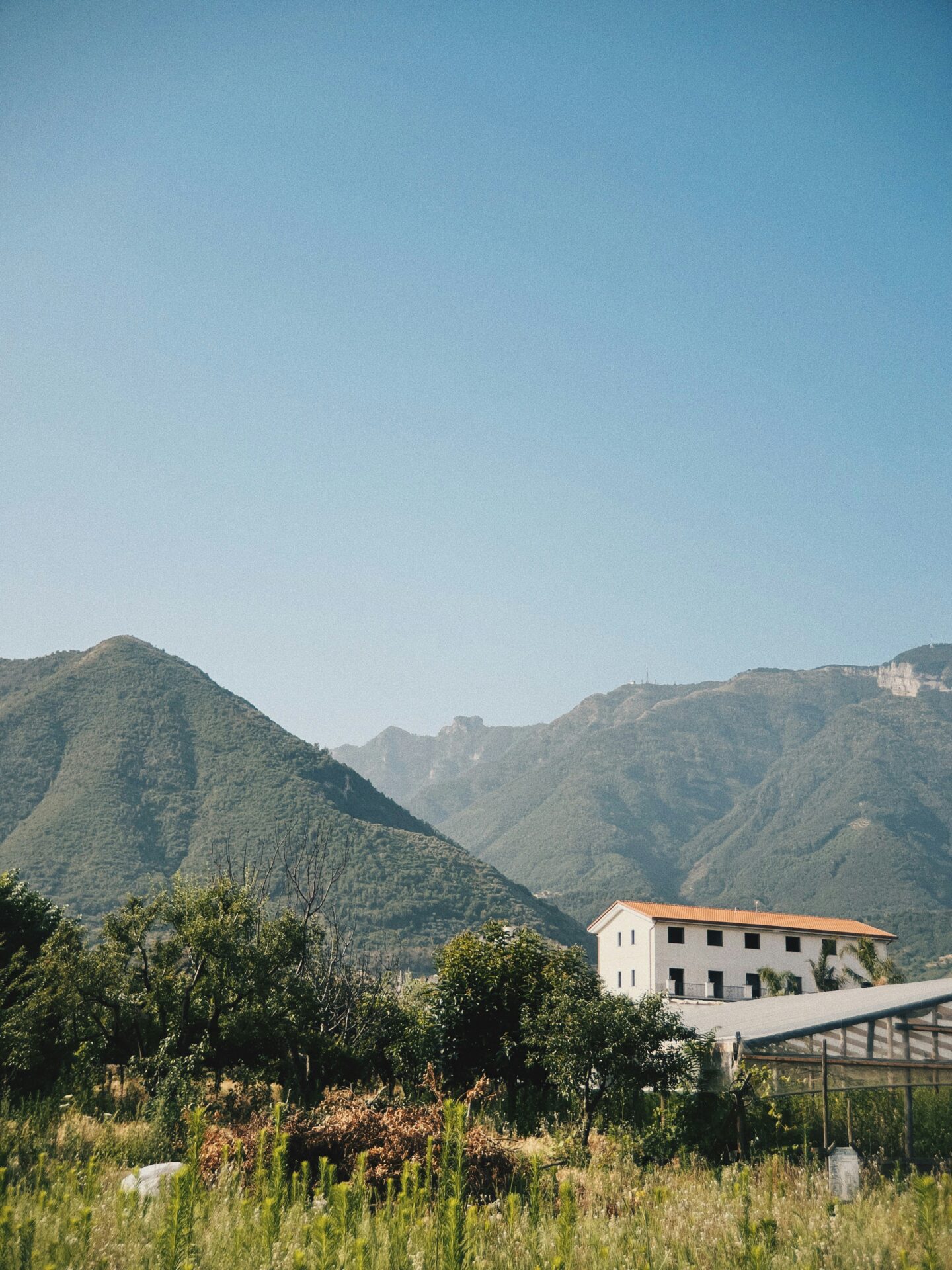
A Journey Through Ancient Volcanic Landscapes
Walking through the Phlegraean Fields, you really feel like you’ve landed on another planet. The Romans called it “Campi Flegrei” or “burning fields” because of the constant steam and sulfur rising from the earth.
Ancient temples and Roman ruins are everywhere, showing how people have lived with this unpredictable land for centuries. The Temple of Serapis in Pozzuoli is a standout—its marble columns are marked by marine mollusks, proof that the land has risen and fallen dramatically over time.
If you go, check out Solfatara crater. You’ll see bubbling mud pots and fumaroles venting hot gases. The rotten egg smell of sulfur? Yeah, it’s strong, but it’s a good reminder of the raw power under your feet.
Lake Avernus sits quietly inside an ancient crater rim. People once thought it was an entrance to the underworld—can’t say I blame them!
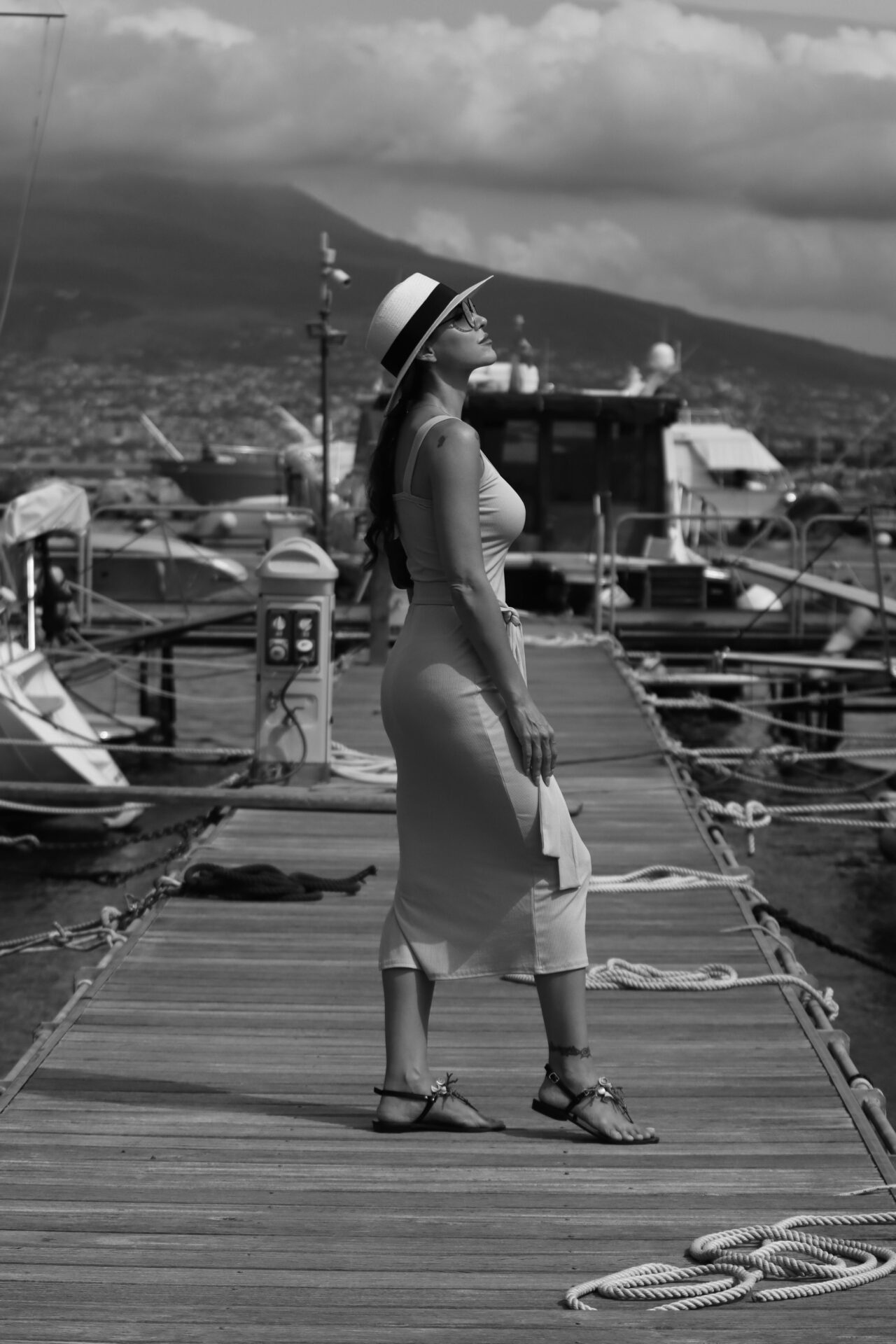
Volcanology and the Science of Supervolcanoes
Scientists keep a constant watch on the Phlegraean Fields, since it’s one of the world’s most dangerous supervolcanoes. They use seismographs and GPS stations to track ground movement down to the tiniest shifts.
In recent decades, the caldera has gone through several restless periods. During the 1980s, the ground rose nearly 6 feet in just two years, forcing thousands to leave parts of Pozzuoli.
This movement happens when magma shifts below the surface.
For volcanologists, the Phlegraean Fields serve as a natural laboratory. They study gas emissions, ground temperatures, and seismic activity to figure out how supervolcanoes tick.
The research here helps create early warning systems for volcanic areas around the world.
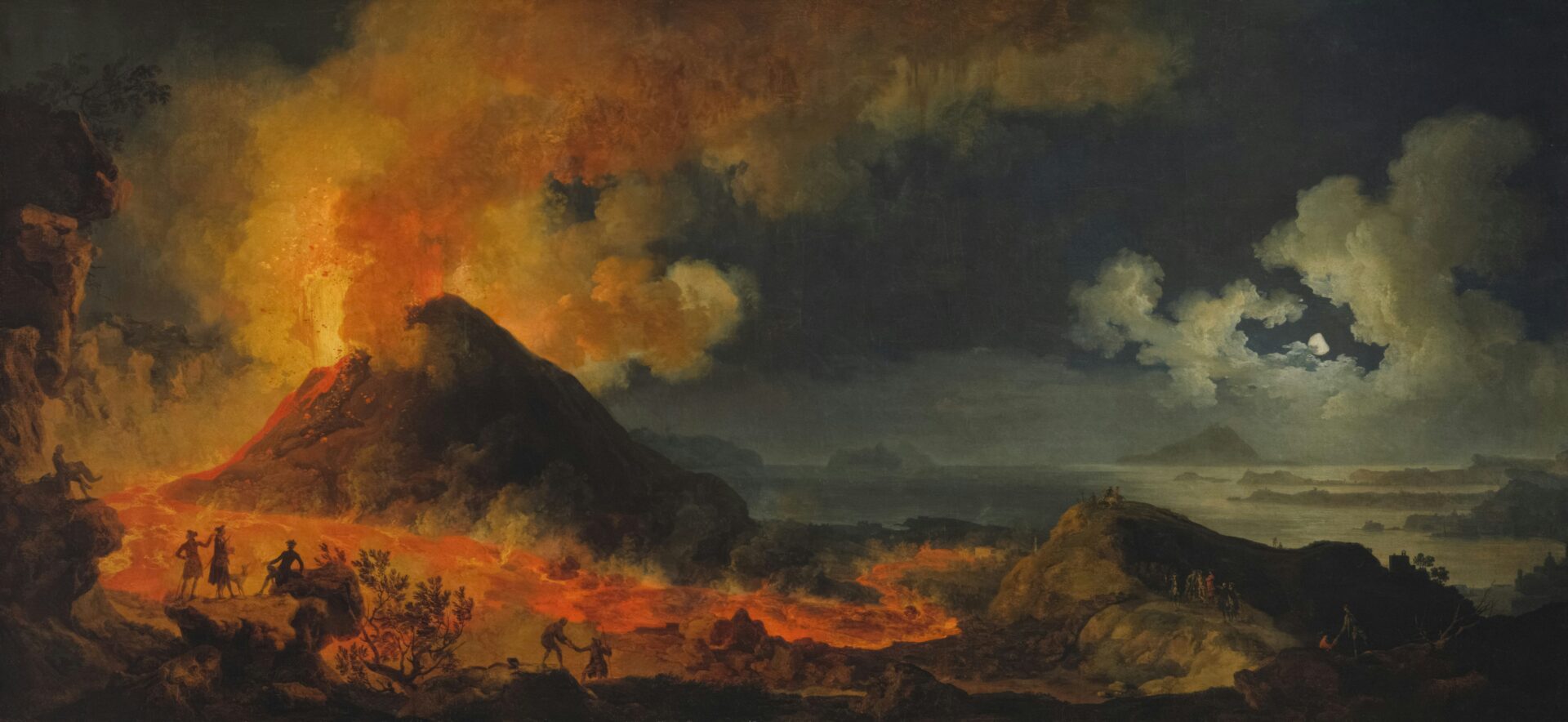
Craters, Fumaroles, and Lava Fields: Exploring the Surreal Terrain
The Phlegraean Fields really do feel like another planet. The volcanic features here create an experience you won’t find anywhere else in Europe.
Solfatara: The Smoldering Crater
Stepping into Solfatara crater, you get the sense you’re walking on something alive. Steam seeps right from the ground as you make your way across the broad volcanic depression.
The crater stretches about 770 meters across, with yellow-white soil that pops against the green landscape. And the smell? Sulfur hits you instantly—think rotten eggs, but stronger.
Solfatara stands out because you can actually walk among active geothermal features safely. Temperatures just below the surface can hit 160°C (320°F), which is wild.
Bring sturdy shoes and water. Locals have harvested minerals from this soil since Roman times, believing in its healing powers.
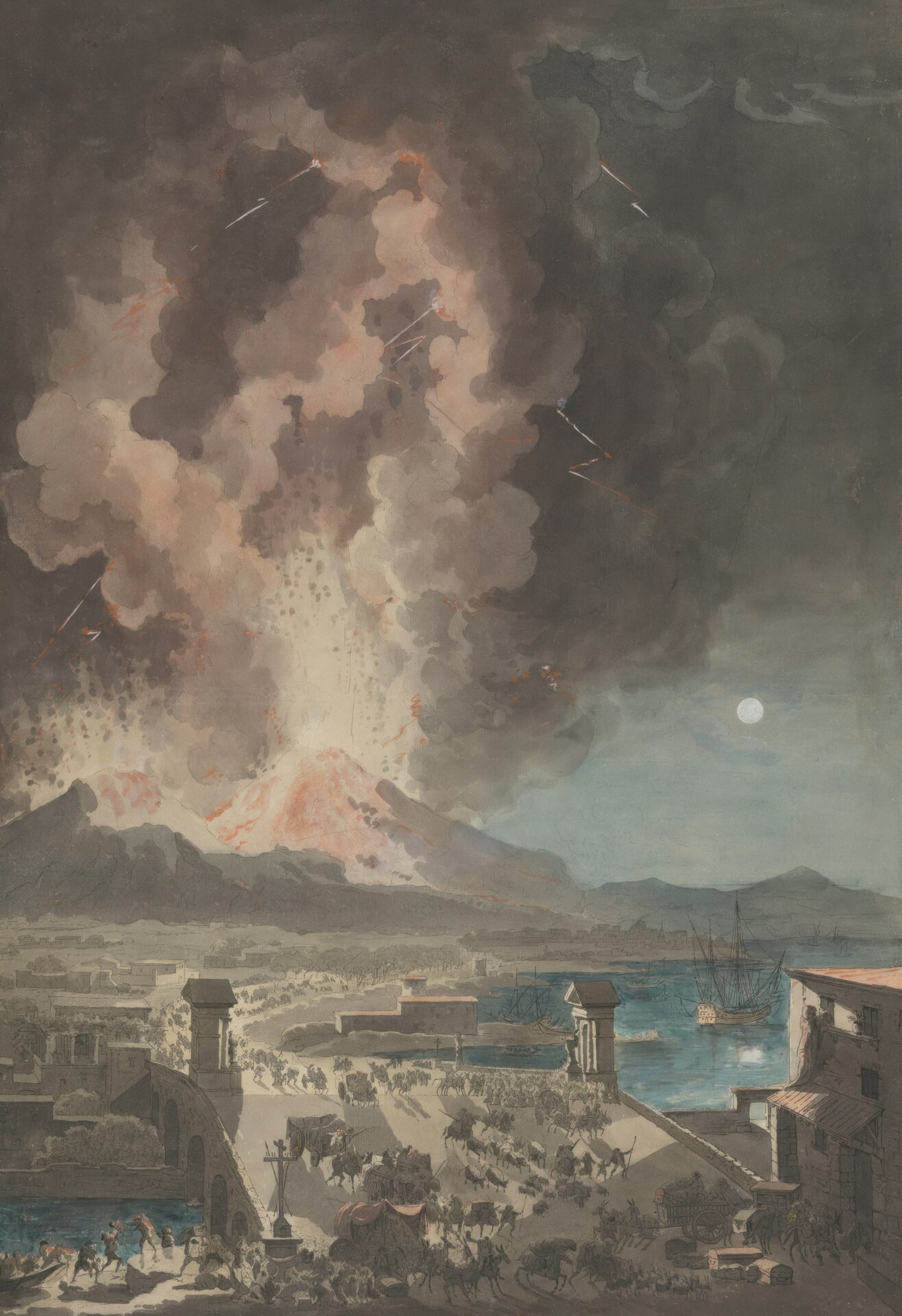
A Walk Among Bubbling Mud Pools and Fumaroles
The bubbling mud pools—locals call them “fanghi”—are hypnotic. I could watch them gurgle and pop for ages, as thermal water and volcanic mud mix together.
Fumaroles, those natural steam vents, hiss and spit pressurized gases from below. “La Bocca Grande” (The Big Mouth) is the most famous, shooting out sulfuric vapors at crazy temperatures.
You’ve got to stick to marked paths here. The ground crust gets thin in spots, and the heat underneath is dangerously high.
Steam condensation from these vents creates tiny ecosystems. Special bacteria thrive in these extremes, and they’re the reason for the bright yellows, oranges, and reds on the rocks.
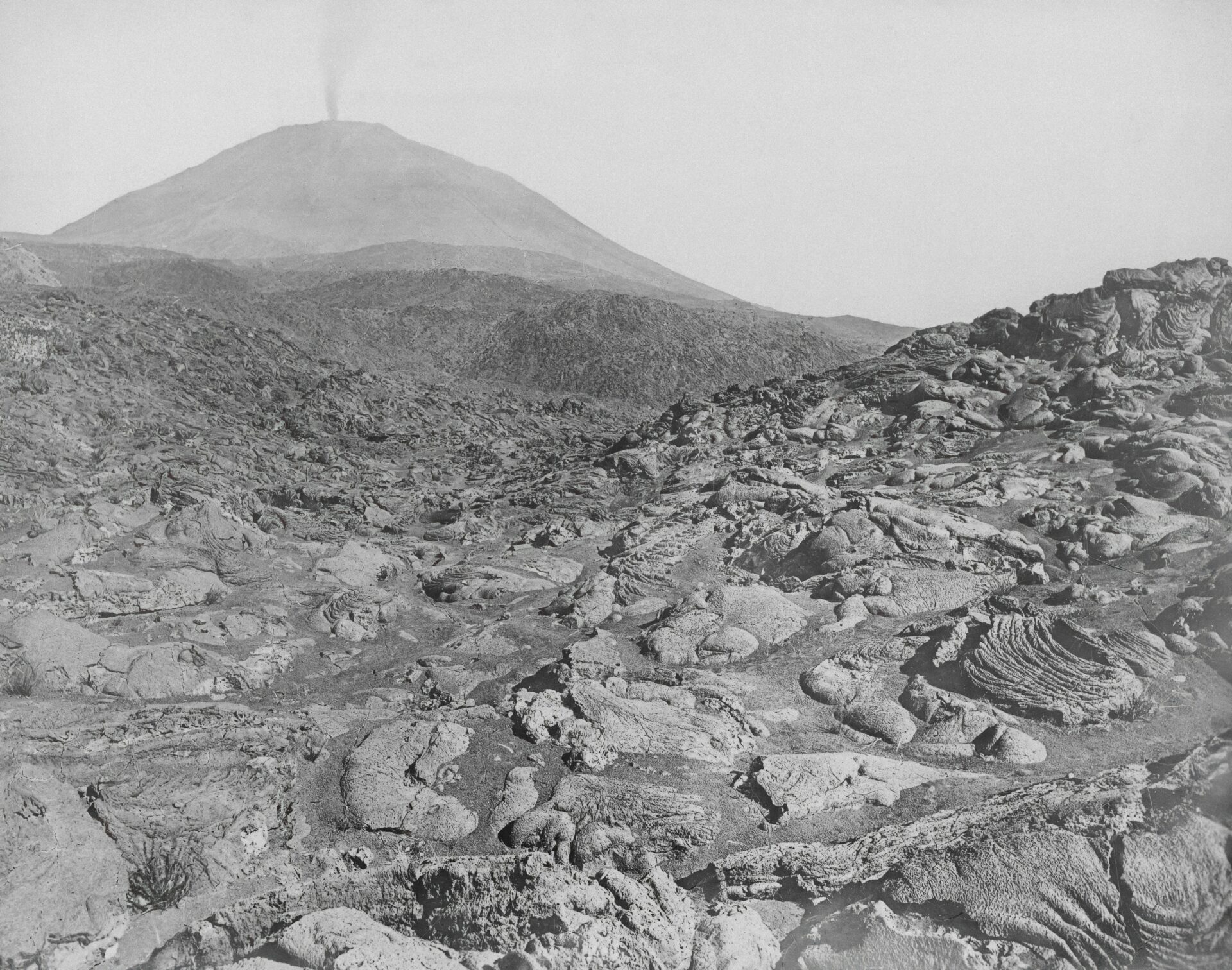
Traversing Ancient Lava Flows
You won’t find fresh lava here now, but the old lava flows have left their mark. I ran my hands along rocks formed thousands of years ago—some smooth, some jagged.
Volcanic tuff—basically compressed ash and debris—makes the landscape a distinctive yellow-gray. Locals have quarried this stone for centuries, and you can spot it in many historic buildings in Naples.
Walking these trails, I realized I was crossing a massive volcanic complex that’s shaped the whole region. The lava flows formed natural terraces, which locals later used for farming.
Some trails lead to spots with sweeping views of the Bay of Naples. The contrast between the volcanic earth and the blue Mediterranean? It’s a photographer’s dream.
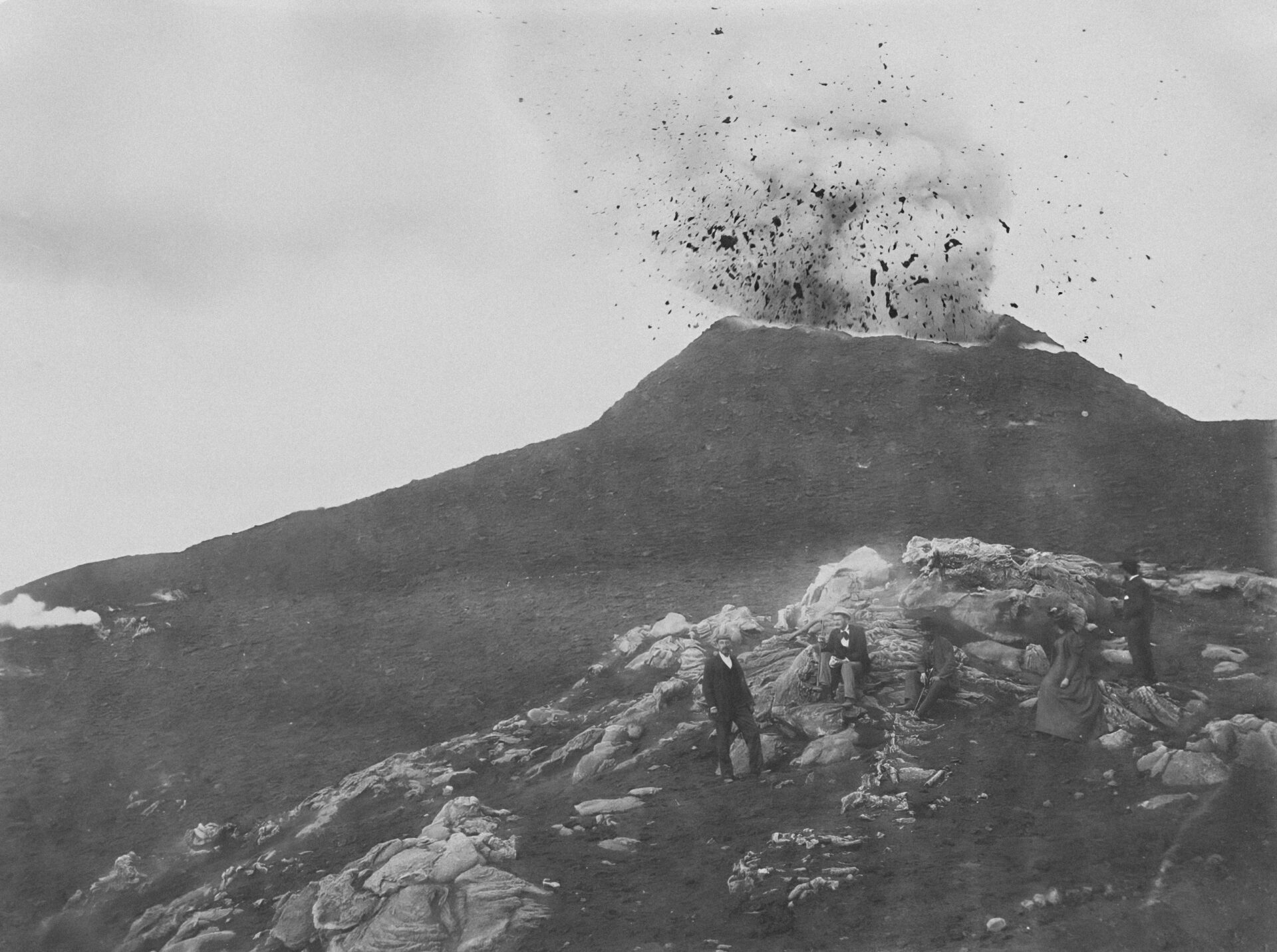
Geoheritage and Preservation: Protecting a Unique Landscape
The Phlegraean Fields are a geological treasure, and honestly, they need careful protection to balance science, tourism, and conservation.
UNESCO World Heritage Aspirations
Every time I walk through the Phlegraean Fields, I’m reminded how important this place is globally. Local authorities have worked hard to secure UNESCO World Heritage status for the area.
This recognition would mean stronger protection and international attention.
The process hasn’t been easy, though. Managing such a complex landscape is tough, and UNESCO status would require balancing tourism with preserving fragile features.
Local geologists I’ve chatted with believe World Heritage status could bring in funding for monitoring and conservation. They’re convinced it could change how people see the region—from a risky zone to a site of real global importance.
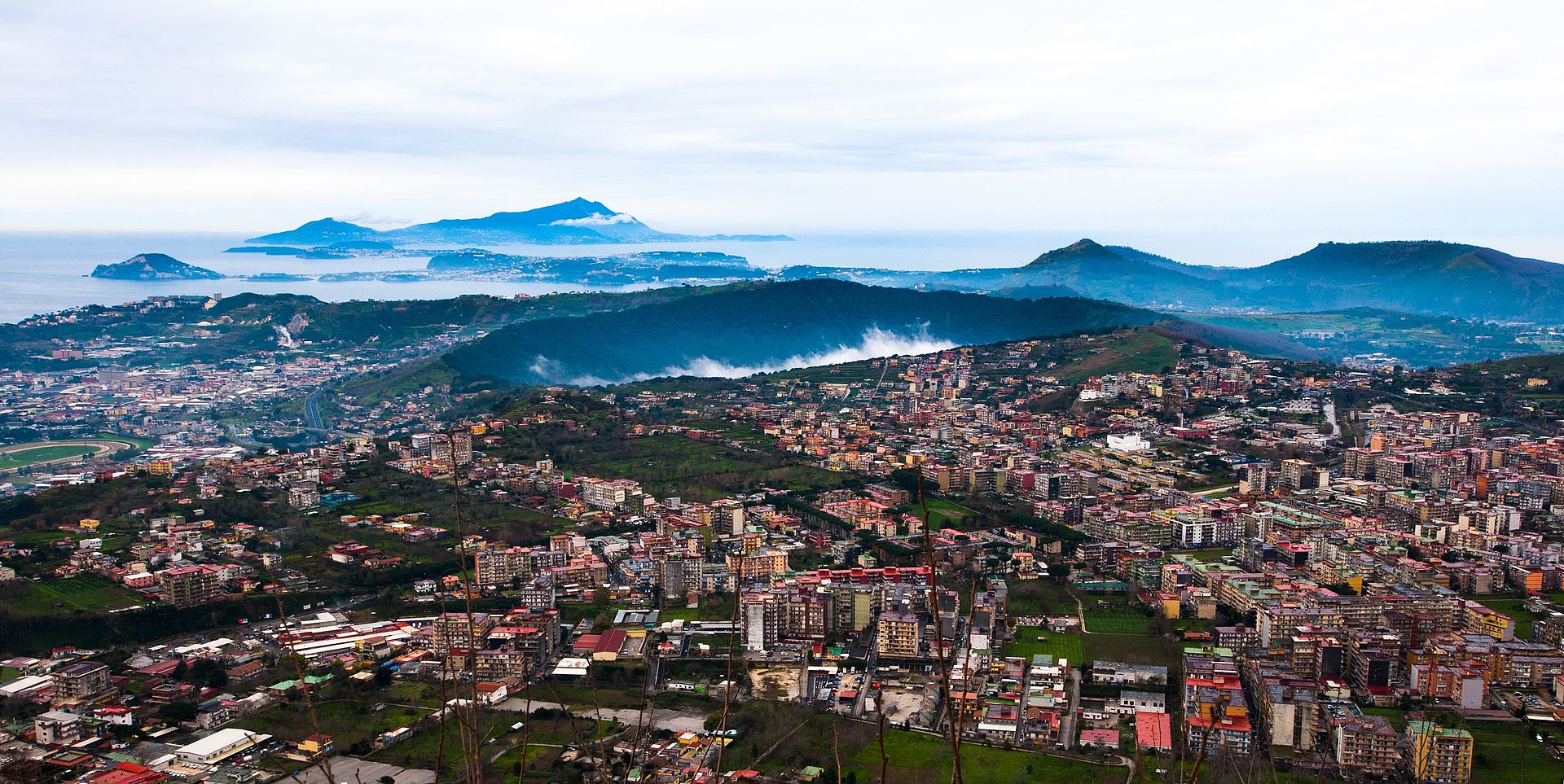
The Role of Geoparks
Phlegraean Fields benefit a lot from being a geopark. Geoparks manage areas of geological significance with a focus on protection, education, and sustainable development.
When I visit different sites in the geopark, I spot educational panels everywhere. They help visitors understand the volcanic features without causing harm.
Geopark management works with local businesses to create sustainable tourism. I’ve joined guided tours led by locals who share both scientific facts and personal stories about the land.
Geopark status has protected lesser-known, scientifically valuable spots from development. The protection covers not just famous calderas but also small fumaroles and thermal features that might otherwise get overlooked.

Life in the Shadow of a Supervolcano: Culture, Society, and Nature
The Phlegraean Fields have shaped local communities for centuries. People here have developed unique traditions and ways of living with their volatile environment.
Local Traditions and Cultural Identity
Walking through villages around the Phlegraean Fields, you can’t miss how much volcanic activity influences local culture. Myths about gods and giants battling underground still get passed down, popping up in festivals and art.
The food here tells the story, too. Volcanic soil grows some of the best tomatoes, grapes, and citrus I’ve ever tasted. I’ve tried bread baked using geothermal heat—a tradition that goes way back.
Pottery is big here. Artisans use local volcanic clay, and their yellow-orange ceramics reflect both Roman roots and the fiery land.
Festivals bring people together, like the famous Madonna dell’Arco pilgrimage, where folks give thanks for protection from eruptions.
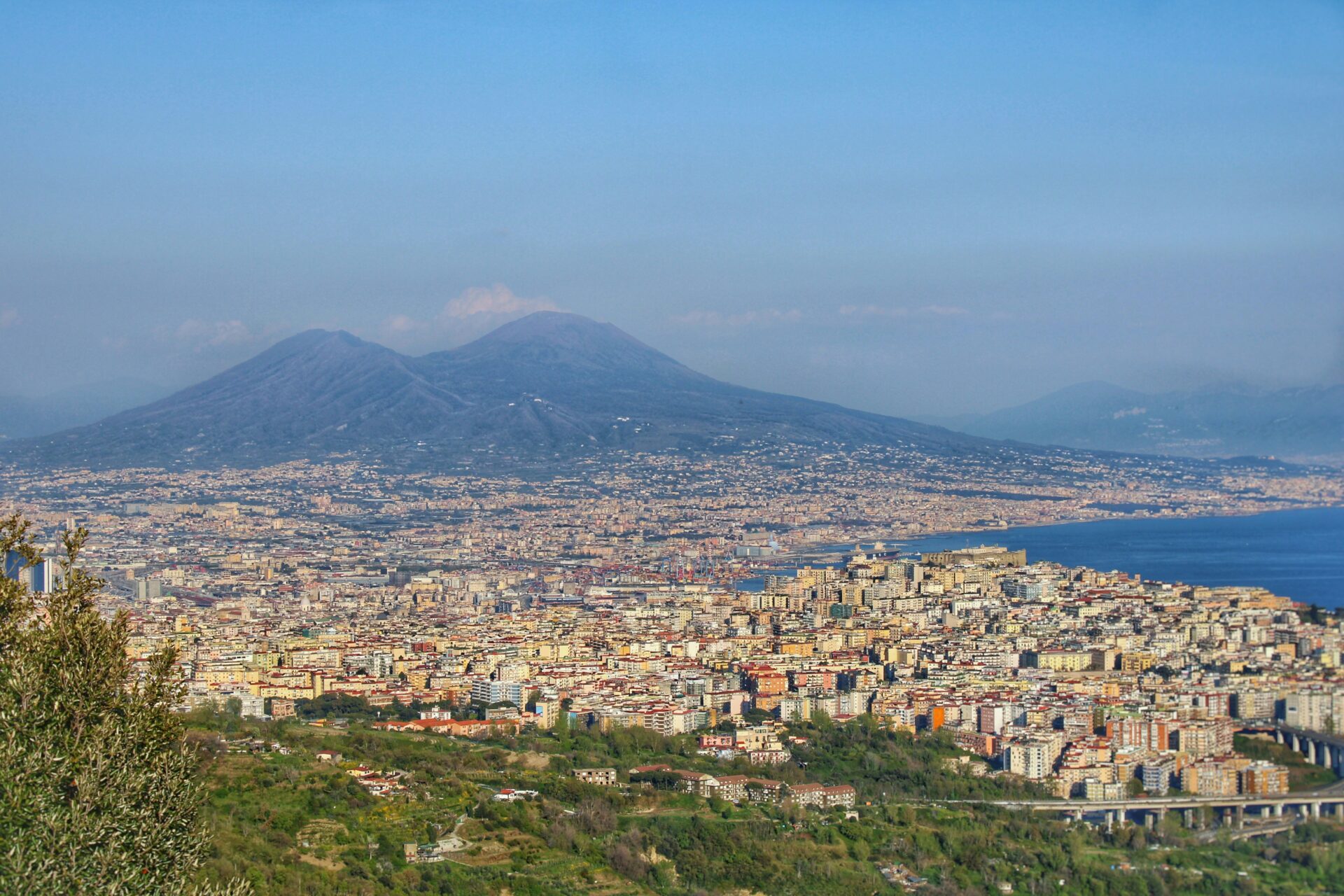
Adapting to the Volcanic Climate
Living with constant tremors and sulfur fumes takes real resilience. I’ve met families who check ground temperatures as casually as the weather.
Building styles here are different—lots of reinforced arches and flexible foundations to survive the shaking.
The volcanic microclimate helps farmers grow crops you won’t find anywhere else in Italy. This know-how gets passed from one generation to the next.
Conservationists work to protect native plants that have evolved alongside the volcano, battling invasive species that love the volcanic soil.
Adventure Awaits: Geotourism and Travel Tips for the Phlegraean Fields
The Phlegraean Fields let you explore an active volcanic landscape safely, with plenty of natural wonders along the way. I’ve found some incredible spots that blend beauty and volcanic weirdness.
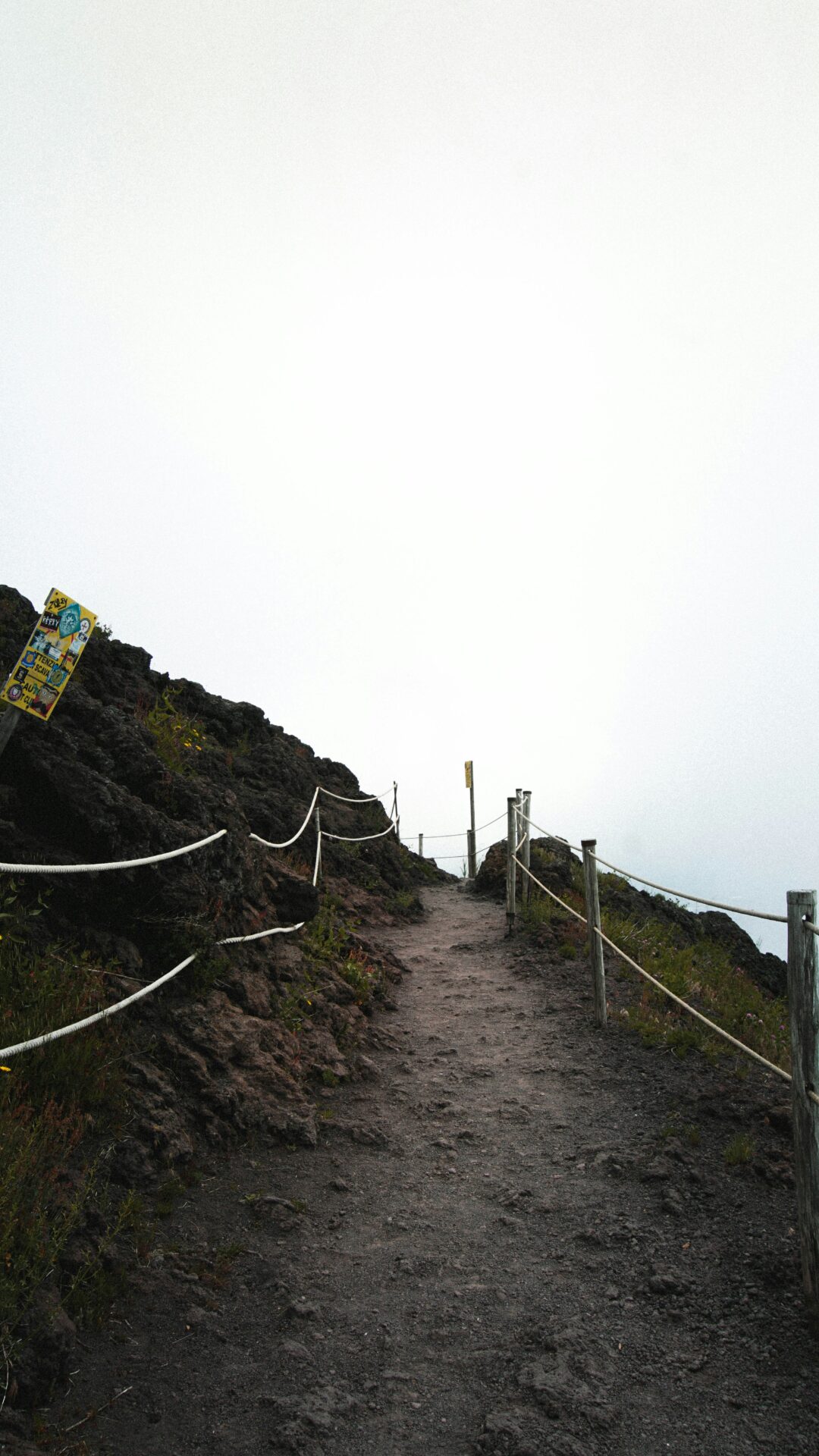
Top Trails and Hidden Gems
My first visit blew me away with the variety of hikes. The trail around Lake Averno is an easy 2-mile loop, with awesome views of a lake straight out of Roman mythology.
If you’re up for more adventure, try the path through Solfatara crater. Walking across this active area feels like stepping onto another planet. The bubbling mud and steam vents are unforgettable.
Don’t skip the Astroni Nature Reserve. It’s an extinct volcanic crater now filled with forest and wildlife. I spent hours wandering its trails and soaking in the views across the caldera.
The Monte Nuovo trail is another gem. This mountain popped up in just a few days during a 1538 eruption! The hike is moderately tough, but the views of the Bay of Pozzuoli are totally worth it.

Experiencing Geothermal Springs
The area’s thermal waters have drawn visitors for ages. I found the Stufe di Nerone thermal baths perfect for relaxing after a long hike.
For something wilder, try the beach at Baia. Warm underwater springs mix with the sea, and you can actually feel hot spots while swimming—so strange!
Ancient Romans built elaborate bathhouses here. The ruins at Baia are still steaming, and wandering through them connects you to emperors who once soaked in these same waters.
Lots of spas offer mud treatments using the volcanic soil. I tried one and, honestly, felt surprisingly refreshed afterward.
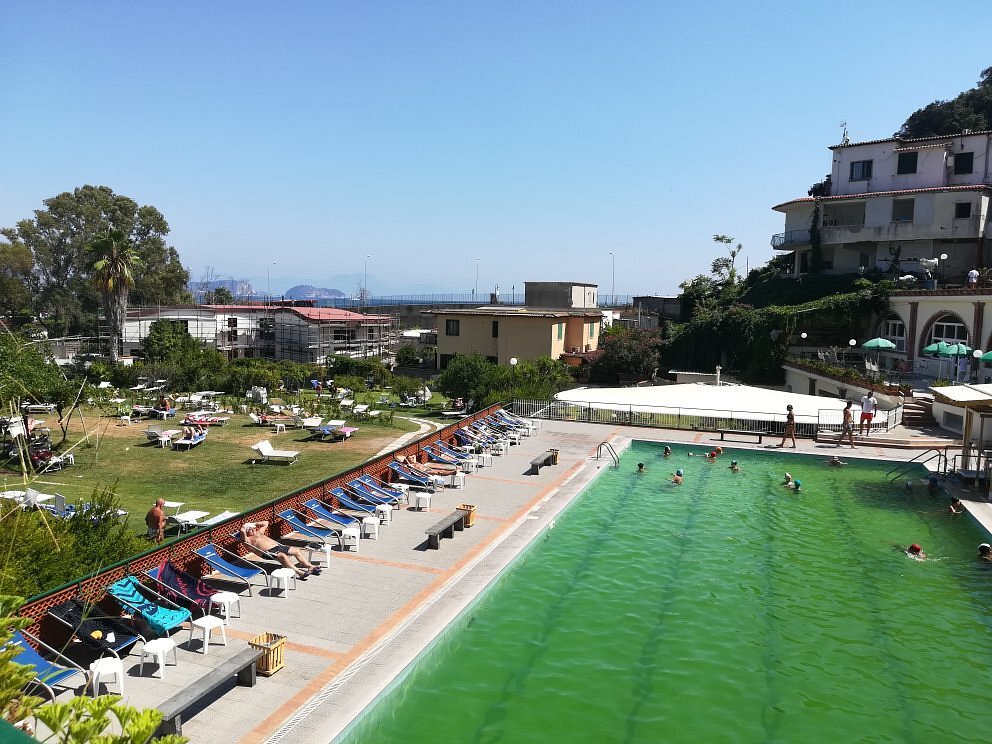
Responsible Tourism and Conservation Efforts
The Phlegraean Fields geopark faces real challenges, balancing nature and people. I always stick to marked trails to avoid damaging delicate geothermal spots.
Local conservation groups keep tabs on volcanic activity and offer educational tours. I highly recommend joining one—they’re fascinating and support preservation.
I bring my own water bottle to cut down on plastic waste. There are refill stations throughout the park, which is handy.
Visiting in the shoulder seasons (April-May or September-October) is a good move. The weather’s nice, crowds are thinner, and it’s easier on the environment—not to mention, it’s a more peaceful experience.

